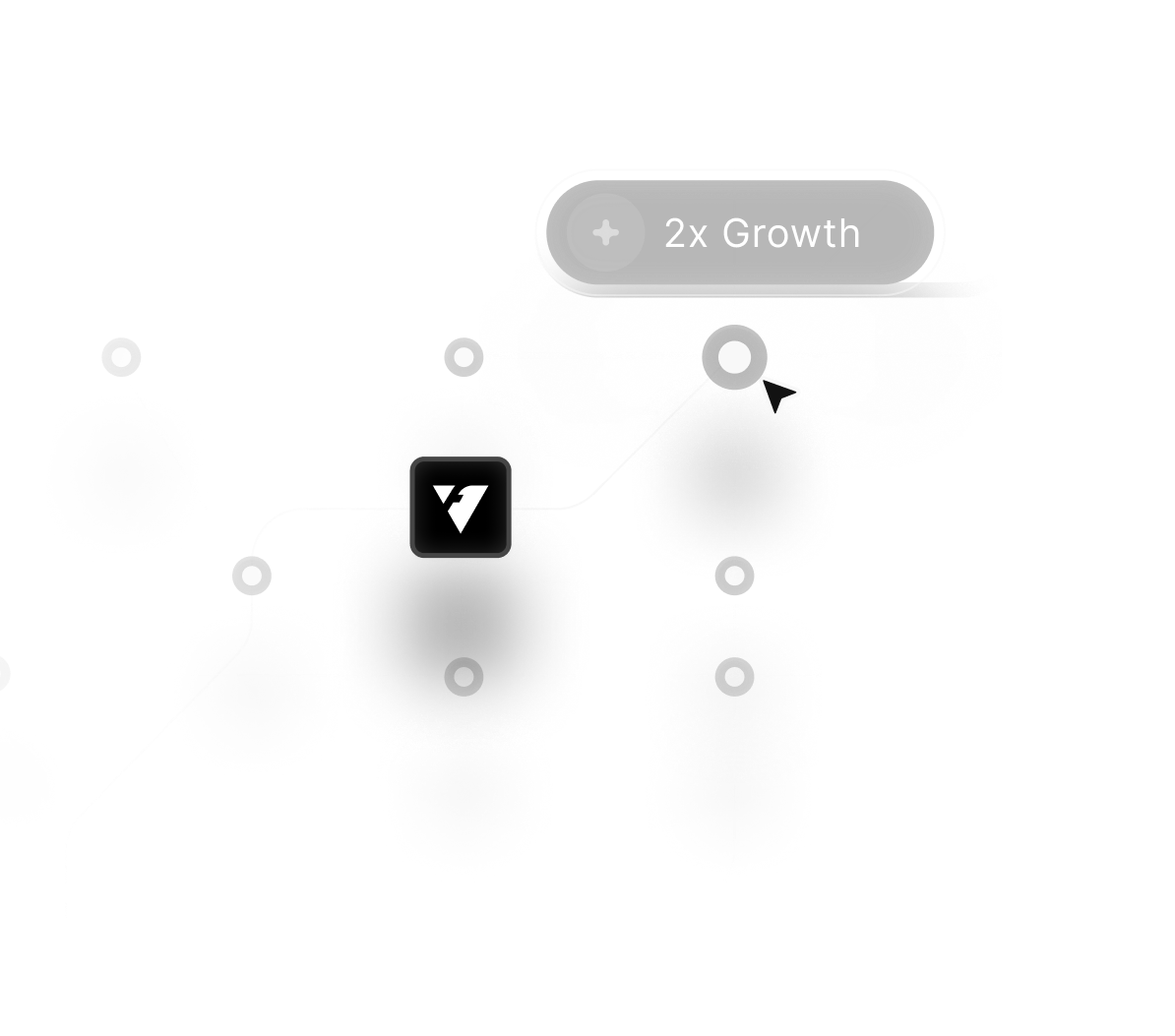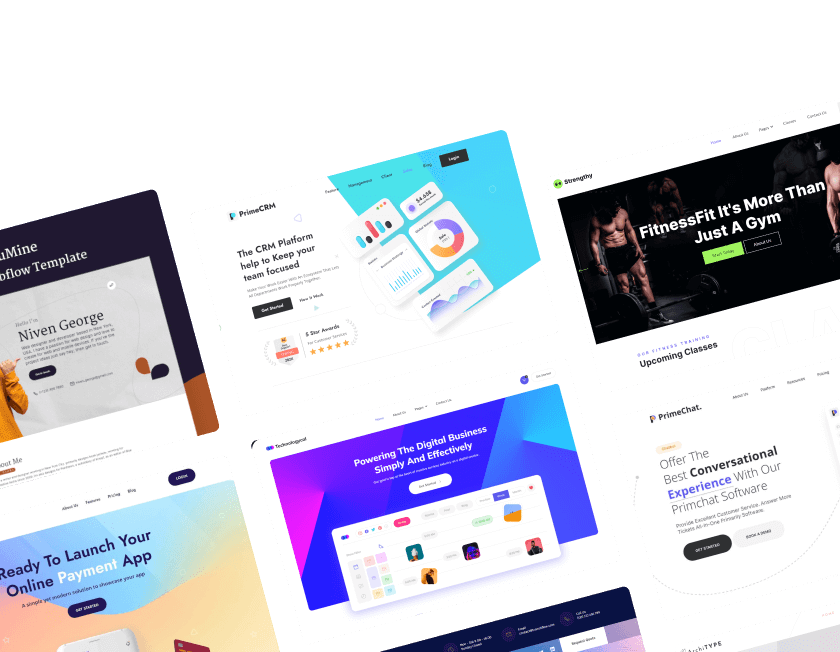January 3, 2026
10 Key Questions Before Starting the Client's Website in 2026

A clear understanding of the client’s goals helps shape the website’s purpose and direction. Knowing the target audience makes it easier to create content that connects and builds trust.
Budget discussions early on prevent confusion and ensure expectations are realistic for both sides. Design preferences give a glimpse into the brand’s personality and how users might engage online.
Functionality requirements determine what tools and integrations are needed to enhance user experience. Deadlines matter to clients, and understanding timeframes helps in planning tasks and milestones.
Content availability affects how fast the website can be launched and how it resonates with users. Ongoing support expectations clarify responsibilities after the project goes live and remains active.
Measuring success helps both parties track progress and make improvements based on data-driven decisions. Understanding these aspects ensures the website is built on solid foundations from the start.
"Ensure your website’s success by planning ahead.
Access expert guidance in a free consultation today."
Table of Contents
- What exactly does your company do?
- What do you want your website to accomplish?
- Have you already created a website?
- What distinguishes your company?
- What are Your Competitors' Names?
- What are your favorite websites and why?
- Who are your clients?
- What features would you want to see on your website?
- How Does Success Appear?
- Should Business Possess a Styles Manual?
1. What exactly does your company do?

It is critical to understand every aspect of a client's business. You need to know how big the firm is, where it is, what it sells, who buys it, and what it plans to do in the future.
Learning about its history, objectives, and ambitions, as well as researching its consumers, can help you develop a better website. Knowing how the organization earns money and what it wants from its website also aids in deciding which features to employ.
The more you understand about the industry, the better your job will be. So, before you begin working on the project, spend some time learning about it.
2. What do you want your website to accomplish?

Every website should focus on reaching important goals. While some of these goals may shift with time, the main purposes of a website should stay constant.
For instance, a business website might aim to sell products online, gather leads for in-person services, or increase awareness of the company.
Regardless of a client's website goal, it's crucial for you to know these objectives and design the site accordingly.
3. Have you already created a website?

If your customer already has a website, it serves as a map of what they like and dislike. Inquire about what they like and dislike about the way it appears and functions.
Check what portions of the website visitors enjoyed and what performed best if they track website information. Understanding the previous website allows you to create a new one that better meets their needs and desires.
4. What distinguishes your company?

Understanding what sets a client's business apart is super important. Is it their great products, quick service, or amazing customer care?
Online, lots of businesses are competing. Your client's website will probably be one among many. So, highlighting any special things about their business on the website will make them stand out.
When you know what makes them unique, you can use that in the new design to make it even better.
5. What Are Your Competitors' Names?

Talk to clients about who their main competitors are. Look at their competitors' websites together and discuss what they do and don't like about them. These are all things you can use in your own design.
Knowing the competition and understanding what the client offers compared to others will give you clues for your website design. It might also show you what the client's audience likes, which can help you shape your design.
6. What are your favorite websites and why?

Continuing from the previous question, talk about what parts of websites your client prefers.
- Explore various designs, layouts, logos, and more by checking out different websites.
- Figure out which design parts might attract your client's audience. Share your ideas and try to understand what your client thinks too.
Checking out other websites will help you figure out exactly what your client wants for their website.
7. Who are your clients?

For the website you're making to work well, it should help your client's business reach its goals.
- To achieve this, the website must connect directly with the people your client wants to reach.
- Talk to your client and gather detailed information about the people they want to sell to. Ask about their age, where they live, and what kind of people they are.
- Also, find out why these people might visit your client's website, use their services, or buy their products.
The better you know the needs of your client's audience, the easier it will be to make a website that suits them perfectly.
8. What features would you want to see on your website?

Make a complete list with your clients, including everything they want on their website. Have them explain or show what they mean by features and stuff they want.
Also, talk about any important stuff that they might not have said.
When you talk about this, don’t use fancy words because sometimes clients might not know what those words mean. Use simple words and show examples from other websites.
This helps everyone understand each other better.
9. How Does Success Appear?

Inquire with your clients about their precise vision for website success and whether it's quantifiable. Connect success explicitly to the previously outlined website objectives.
For instance, success might entail email collection, boosted product sales, or augmented traffic. Engage clients in a conversation about the design elements that could facilitate and track the attainment of these goals for their website.
10. Should Business Possess a Styles Manual?

Nailing the perfect style for a client can pose the greatest challenge in web design.
- Consult them regarding an established style guide, if available, and the degree of adherence they desire.
- In the absence of a style guide, please inquire about other promotional materials such as brochures, logos, or their previous website.
Engage in a discussion to discern their preferences in branding and aesthetics, identifying elements they favor and areas where creative freedom can be exercised.
Need a Client Focus Website?
As a Webflow Premium Partner, we specialize in building high-quality, responsive websites that meet the latest industry standards.
Explore our portfolio of 100+ Successful Projects and see how we can assist you in creating the perfect online presence.
Visit us at Victorflow or email us at info@victorflow.com to get started today.
Conclusion
Good preparation helps create a smooth and efficient website development process from the start. Answering key questions avoids confusion and keeps everyone aligned on expectations.
Clear communication helps build trust and strengthens relationships between clients and teams. Knowing the client’s goals ensures the final product truly reflects their brand and values.
Defining timelines and budgets early helps prevent misunderstandings during the project. Content and functionality discussions guide the design toward meeting user needs effectively.
Tracking progress through data helps make informed decisions and improves the website’s impact. Starting on the right foot builds confidence and supports long-term client satisfaction.

FAQ
1. Why is it important to ask questions before starting a client’s website?
It helps define goals, budget, timelines, and expectations for smoother project execution.
2. How does understanding the target audience influence website design?
It helps create content and features that engage users and reflect the brand’s message clearly.
3. What role does budget discussion play in the planning phase?
It ensures both parties agree on costs, preventing confusion and enabling realistic expectations.
4. Why are timelines a key topic before starting the website?
They help organize tasks, track milestones, and ensure the project stays on schedule from day one.
5. How does content availability affect website launch plans?
Having ready content helps accelerate the process and ensures the website is informative and relevant.
6. What benefits come from tracking website performance after launch?
Data-driven insights help optimize user experience and guide future improvements for better results.
Table of Contents
Choose Our Service, Grow Fast!
Follow Us
Related Posts

Engage users right from the start with high-quality Splash Framer templates in 2026 offering sleek designs and smooth animations for your brand.
Engage users right from the start with high-quality Splash Framer templates in 2026 offering sleek designs and smooth animations for your brand.


Build professional podcast websites using 8+ best Podcast Framer templates in 2026. Enhance user experience, boost SEO, and grow your audience effectively.
Build professional podcast websites using 8+ best Podcast Framer templates in 2026. Enhance user experience, boost SEO, and grow your audience effectively.


Craft an unforgettable digital portfolio using the latest Portfolio Framer templates of 2026, designed for creative professionals and artists alike.
Craft an unforgettable digital portfolio using the latest Portfolio Framer templates of 2026, designed for creative professionals and artists alike.

Ready to Scale Your Project to the Next Level?
Let's take your project to new heights, reach out and see how we can help you.




















